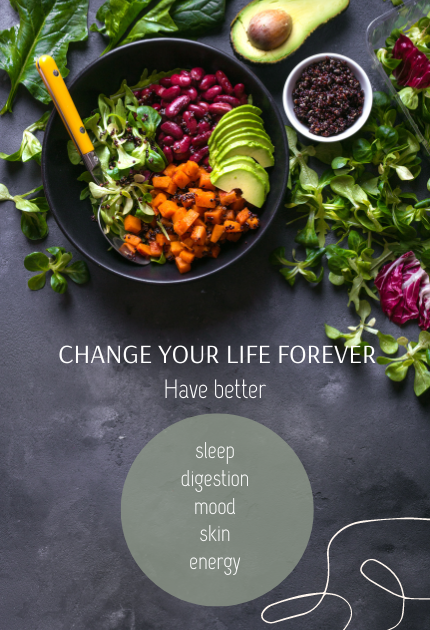Understanding the Rossiter Stretching Technique (Rossiter)
The Rossiter Stretching Technique—often just called Rossiter—is a dynamic, practitioner-guided body-work method designed to restore mobility, relieve pain, and re-establish healthy connective tissue function. One local example is Treasure Valley Rossiter in Boise, Idaho, whose website reports that they have served more than 3,000 clients and guarantee “pain relief in 25 minutes or less” for the first session.
Origins & Formation
Rossiter Stretching was developed by Richard H. Rossiter, a connective-tissue specialist who originally trained in Rolfing (Structural Integration) in the 1980s. Rossiter’s impetus came out of his own injury experiences (including military service) and his desire to create a faster, more client-active technique for structural pain relief. In 1990 he founded Rossiter & Associates Inc., formalizing the system.
How Rossiter Compares to Other Body-Work Modalities
Rolfing (Structural Integration): Rolfing is a deep manual-therapy system that uses hands-on manipulation to reorganize the body’s fascia and structure in a series of up to ten long sessions.
Rossiter evolved from this but differs in that the client is actively involved in moving during the treatment, and the techniques are designed to be faster and less passive.
Massage therapy: Traditional massage often uses hands, pressure, and passive movement to relax muscles, break down adhesions, and increase circulation.
Rossiter, by contrast, uses anchored weight (often the coach’s foot) and active participation by the client through stretching movements, targeting the deeper connective tissue system (fascia, ligaments, tendons) rather than only muscle.
Myofascial release (MFR): This modality treats the fascia (the connective tissue sheath) by applying sustained pressure or stretching to release restrictions and allow for freer movement.
Rossiter similarly targets fascia but does so with a structured “lock” and dynamic stretching format—two-person stretching—rather than exclusively with sustained manual pressure or slow release.
How a Rossiter Session Works
At a typical session at the first appointment lasts about 40 minutes to allow for evaluation; subsequent sessions are ~25 minutes. The process goes roughly like this:
The practitioner (“coach”) anchors or pins connective tissue at key points—often using their foot—while the client (the “person in charge”) actively moves their body through specific stretches.
The client assumes a “lock” position: legs extended with toes toward the torso, the opposite arm swept out, head rolled toward the shoulder. This position tensions the connective-tissue chains across a side of the body and allows the stretch to engage the whole network.
With the anchor in place and the client moving, the coach may incrementally shift the anchor’s position to find when the tissue begins to “slide” rather than resist. That change indicates the fascial restriction has released.
Because the client participates actively, the results are often quicker compared to purely passive methods. After the session, improved range of motion, relaxed muscles, and less pain may be felt immediately.
How Moving “Knots” in Fascia Leads to Better Health
Fascia is the web of connective tissue enveloping muscles, bones, organs and nerves. When this network becomes tightened, scarred, twisted or compressed—through injury, repetitive strain or poor posture—it can restrict muscle gliding, impede nerve conduction, decrease circulation and generate pain. Rossiter’s stretching releases these restrictions (“knots”) by applying strategic weight and movement across the fascial web, creating newly restored space for muscles to glide freely. As muscles glide better:
- they contract and relax more efficiently, reducing tension and fatigue
- nerves are less compressed, reducing tingling, pain or “pins & needles”
- circulation improves, supporting tissue health and healing
- joints move through fuller range of motion, reducing wear and tear
- In short, by unlocking the fascial system, Rossiter helps the body return toward its natural functional state, which often results in less pain, better movement and improved overall health.
Benefits of Rossiter
Clients often experience (among other benefits):
- Significant reduction in chronic pain (back, neck, shoulders)
- Increased range of motion and flexibility
- Improved muscle performance and athletic readiness (including injury prevention)
- Faster recovery from repetitive strain injuries or overuse
- Improved circulation and nerve function
- Reduced muscle stiffness, “knots” or trigger-points
- Enhanced posture and alignment
- A more active role in one’s own healing, rather than being passive recipient
- Maintenance of functional movement and mobility, especially useful for athletes or active individuals
In Summary
Rossiter Stretching offers a unique bridge between traditional body-work (massage, myofascial release, Rolfing) and active, client-driven movement therapy targeting the fascial system. Developed by Richard Rossiter in the 1990s, this technique uses two-person stretching, anchored weight and active client participation to free the fascia, restore muscular glide and relieve structural pain. As offered by centers like Treasure Valley Rossiter in Boise, this approach can deliver rapid results (often within one session) and supports both rehabilitation and ongoing movement health.
If you’re dealing with persistent muscle or joint pain, limited mobility, or movement asymmetries, a Rossiter session might be worth exploring—and could unlock greater ease and freedom of movement in your body.
If you are in the Treasure Valley, we recommend these partners of ours for your Rossiter needs.
Treasure Valley Rossiter
Location in Eagle & Boise
(208) 949-3868
https://www.treasurevalleyrossiter.com/



